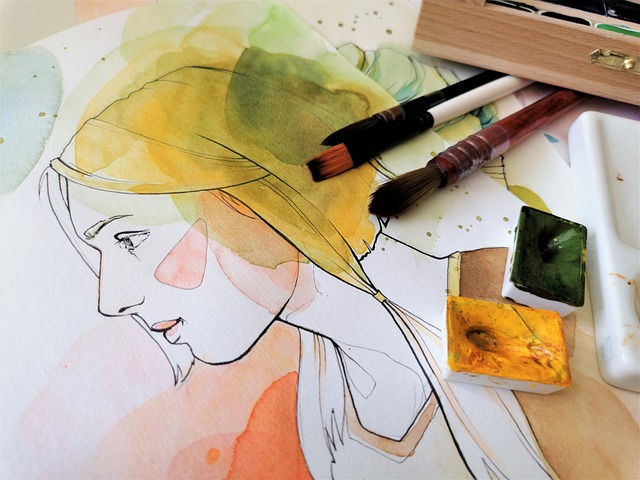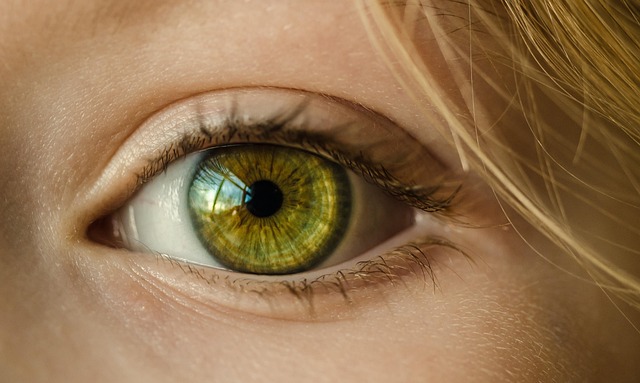The Essential Guide to Using Watercolor Paper in Art and Design
Watercolor paper is more than just a substrate; it is a vital companion in the hands of artists and designers. Known for its distinct texture, absorbency, and durability, watercolor paper serves as the canvas for countless creative expressions, from delicate washes to bold strokes. This blog post aims to explore the various aspects of watercolor paper and how it influences and enhances both art and design.
Understanding Watercolor Paper
Watercolor paper comes in various weights, textures, and qualities, each designed to cater to specific artistic needs. Typically made from cotton or cellulose, the best watercolor papers are acid-free, ensuring longevity and preservation of the artwork. The three main types include:
- Rough: This textured paper is perfect for creating dynamic washes and vibrant textures, allowing artists to play with contrasts and depth.
- Cold-pressed (Not): This medium-textured option is where versatility meets flexibility. Ideal for detailed work, it holds color beautifully and responds well to multiple layering.
- Hot-pressed (Smooth): This polished surface is exceptionally suited for fine detail and illustration work, making it a favorite among designers and illustrators.
The Emotional Connection
Using watercolor paper evokes a sense of nostalgia and creative freedom. Many artists share stories of their first attempts at painting, often recalling the smell of the paper, the feel of the brush gliding across its surface, and the excitement of watching colors blend and bloom. It’s this deep-seated connection that transforms simple sheets of paper into the foundation of profound artistic expression.
Incorporating Watercolor Paper in Design
For designers, watercolor paper opens up a world of possibilities. Its unique texture and ability to absorb pigment lend a one-of-a-kind quality to graphic design projects. From invitations and branding to packaging and illustrations, watercolor-inspired designs have become a trend that conveys a sense of handcrafted warmth and authenticity. Using watercolor elements in digital design can evoke feelings of creativity and spontaneity, perfectly capturing the essence of the artistic journey.
Tips for Working with Watercolor Paper
Whether you are an experienced artist or just beginning your journey, here are some tips to enhance your experience with watercolor paper:
- Choose the Right Weight: A heavier paper (300 gsm or more) is ideal for wet techniques, while lighter papers work well for lighter washes.
- Pre-wet the Paper: For smooth blends, lightly misting the surface before applying paint can yield beautiful, soft results.
- Experiment with Textures: Don’t be afraid to explore different techniques. Layering, scrubbing, and even masking can produce stunning outcomes.
- Practice Patience: Watercolor painting requires time and contemplation. Allowing layers to dry before adding more will enhance the final piece.
Final Thoughts on the Journey
Watercolor paper is an essential tool for artists and designers alike, serving as a testament to our creative journeys. Each brushstroke tells a story, transforming the blank canvas into a vibrant expression of individuality and emotion. By embracing the unique qualities of watercolor paper, we not only enhance our artistic practice but also connect more deeply with the art we create. So, gather your materials, choose your paper wisely, and let your imagination flow in a colorful dance!



